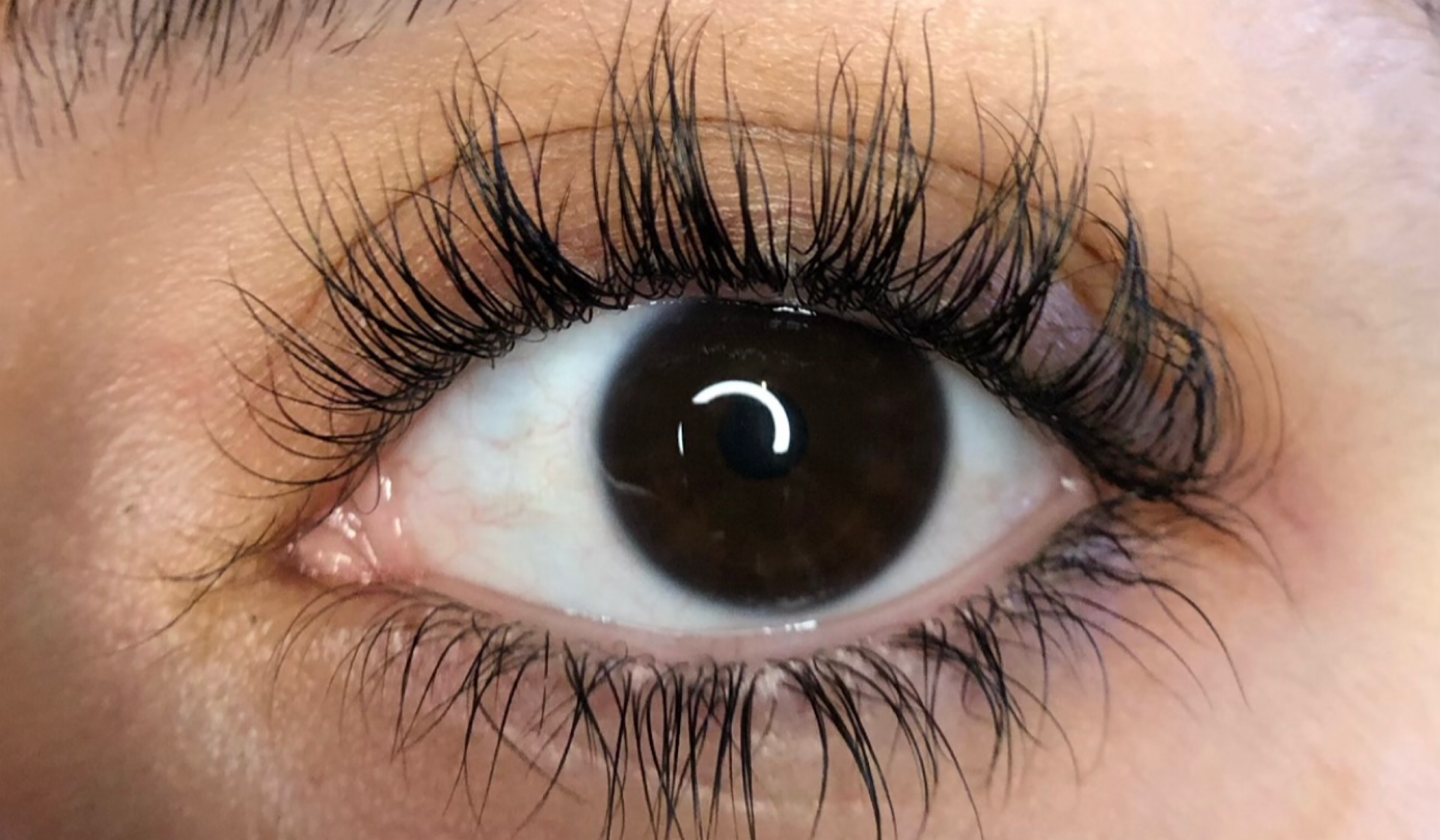Eyelashes are more than just a beauty feature – they act as a natural barrier against dust, debris, and light, helping to protect the eyes. But when they start falling out, thinning, or becoming brittle, it may be a sign of a deeper issue — like blepharitis, a common and often underdiagnosed eyelid condition.
In this article, we’ll explore:
- What blepharitis is
- How to recognise and manage it with professional help
- What to avoid
- And how Nuur Lash, a cosmetic lash-conditioning serum, can support the appearance of healthier lashes — only after medical treatment has been completed and symptoms have resolved.
What Is Blepharitis?
Blepharitis is a non-contagious, inflammatory condition that affects the eyelid margins, often involving the base of the lashes. It can interfere with the normal function of the oil glands and lead to discomfort, irritation, and noticeable changes in lash appearance.
Common symptoms include:
- Red, irritated eyelids
- Crusting at the base of the lashes
- Lash loss or breakage (madarosis)
- Grittiness or burning in the eyes
- Watering or dry-eye symptoms
- Dandruff-like scales on the lash line (“collarettes”)
The condition may be associated with:
- Bacterial imbalance (e.g. Staphylococcus)
- Meibomian gland dysfunction (MGD)
- Demodex mites (microscopic organisms found near follicles)
- Skin conditions like rosacea or seborrheic dermatitis
Don’t Ignore Lash Loss – But Don’t Self-Diagnose Either
If you're noticing lash shedding, thinning, crusting, or changes in eyelid appearance, it's important to seek medical advice. These symptoms can also occur with:
- Thyroid imbalance (hypothyroidism)
- Autoimmune conditions (e.g. alopecia areata, lupus)
- Psoriasis or seborrheic dermatitis
- Allergic reactions or medication side effects
⚠️ Important: Do not attempt to self-diagnose or treat medical conditions at home. Always consult a qualified healthcare provider before starting any treatment.
Medical Management: A Vital First Step
Treating blepharitis and related conditions must always be done under medical supervision. Your optometrist, GP, or ophthalmologist will provide a tailored approach depending on the cause and severity.
Nuur Cosmetics does not recommend or provide medical treatments.
Common medical treatments may include:
- Warm compresses
- Lid hygiene routines
- Topical or oral antibiotics
- Anti-mite therapies (e.g. for Demodex)
- Hormone treatment (e.g. for thyroid conditions)
When to Consider Cosmetic Lash Conditioning
Once your eye specialist confirms that your blepharitis (or any other condition) is resolved or stable, you may want to support the visual appearance of your lashes.
Nuur Lash can be introduced at this stage — as a cosmetic lash conditioner designed to support the appearance of healthier, fuller-looking lashes.
Introducing Nuur Lash
Nuur Lash is a peptide-based cosmetic lash serum. It does not treat or cure lash loss or any medical condition. Instead, it helps condition the lashes and supports the appearance of improved density and hydration.
Key Cosmetic Benefits:
- Helps condition and hydrate lashes
- Supports the appearance of stronger, fuller lashes
- Non-irritating, lightweight formula
- Suitable for daily use
- Free from prostaglandins, parabens, and fragrances
How to Use Nuur Lash
- Wait for medical clearance to begin post-treatment lash conditioning
- Apply a small amount to clean, dry lash line once daily
- Use consistently for 8–12 weeks for optimal cosmetic results
- Discontinue use if irritation occurs
Final Thoughts
Thinning or shedding lashes can be distressing — but it’s often a signal from your body. Treat the root cause first with help from a medical professional. Then, if appropriate, support your cosmetic recovery with products like Nuur Lash.
Disclaimer: Nuur Lash is a cosmetic product and not intended to diagnose, treat, cure, or prevent any disease.



